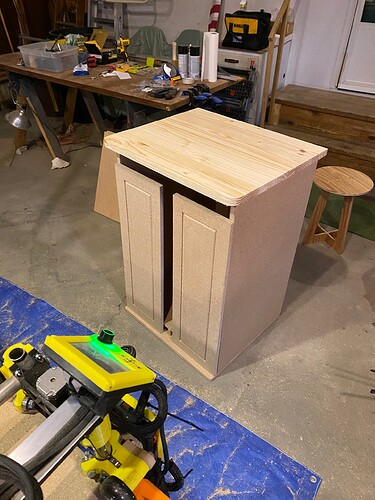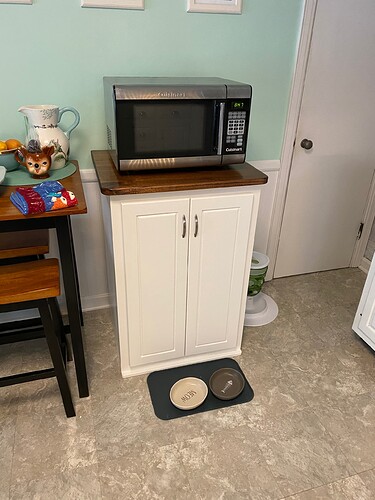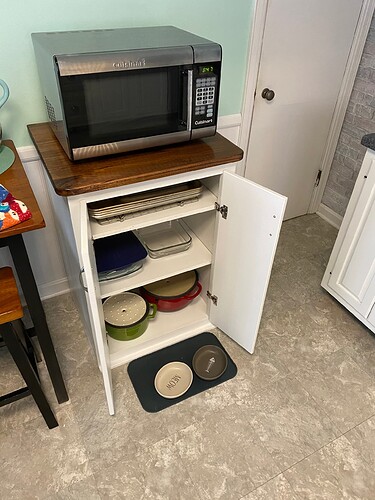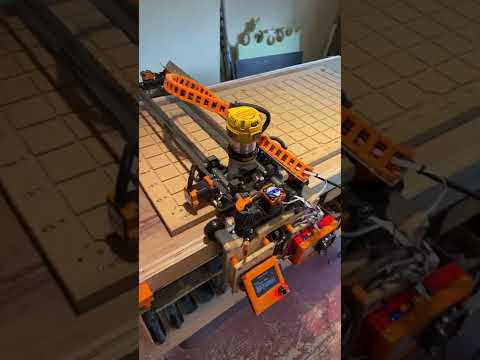For many years I have been interested in getting into the CNC world. The only thing that is really holding me back is that I tend to build cabinetry, outdoor furniture, storage boxes, and other larger sized pieces. Many of these projects are beyond typical hobby CNC machines that go up to 33x33 and the commercial 4’x8’ machines are way out of my budget. The fact that the LR3 can be built to 48x48 or even 48x96 is very appealing.
However, to me, using a CNC to cut out these large parts doesn’t seem to be as efficient as a table saw, but for just about anything else, especially repeated pieces and hole drilling, it is amazing. I am not too worried about fast output (not used in a business), but I have very limited space, so I can’t have both a table saw and a CNC for processing full sheets.
Right now I can draw lines and cut out a basic box a with a table saw pretty quickly…I don’t know if I could do the same with CNC, and it seems to me that there is a lot of setup work to get something routed out of a full sheet.
Is anyone using the LR3 for these types of projects? I would be curious to hear how your workflow is.
- Do you cut everything on the CNC?
- Do you cut box shapes out on the table saw, then do the detail work on the cut pieces using CNC?
- Do you do all the CNC work on a full sheet, then cut out the box shapes afterwards?
and, if you could only have one full sheet machine, would it be a table saw or a CNC?
Thanks for your tips and advice.






